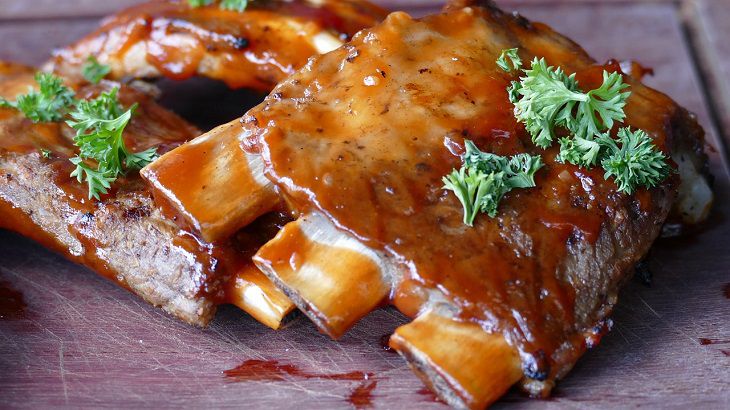Aerogrill replacing an oven: Kitchen tips
An aerogrill can be an amazing kitchen appliance that can help you cook lots of delicious and healthy dishes.
While it doesn't work exactly as an oven, it can replace it in many recipes, but can it be a complete replacement?
Let's find out why it's not exactly like that.
Cooking Method
An aerogrill uses rapid air circulation to cook food, producing a crispy layer similar to frying but using less oil.
An oven, on the other hand, relies on heating elements and a more gradual cooking process.

Size and Capacity
Aerogrills are generally smaller than ovens. They are great for cooking small portions or single items, making them suitable for snacks and quick meals.
Ovens have larger capacities and are better for cooking larger batches or multiple dishes simultaneously.
Versatility
While aerogrills are excellent for quick cooking and crisping, ovens offer more versatility.
Ovens have different settings like baking, broiling, and roasting, allowing for a broader range of recipes and cooking styles.
Baking Performance
Ovens are typically better for baking tasks that require precise temperature control, such as cakes, cookies, and bread.
The consistent heat distribution in an oven is crucial for achieving desired baking results.
Broiling
Ovens often come with a broil setting, which is useful for cooking or browning the top of dishes.
Aerogrills may not provide the same top-down heat for effective broiling.
Roasting
Ovens are well-suited for roasting large cuts of meat or whole poultry due to their size and slow-cooking capabilities.
Aerogrills may be limited in space for such tasks.
Energy Consumption
Aerogrills generally use less energy than ovens. If you're cooking smaller portions, an aerogrill can be a more energy-efficient option.
Preheating Time
Aerogrills heat up faster than ovens, making them convenient for quick meals. Ovens may take longer to reach the desired temperature.
